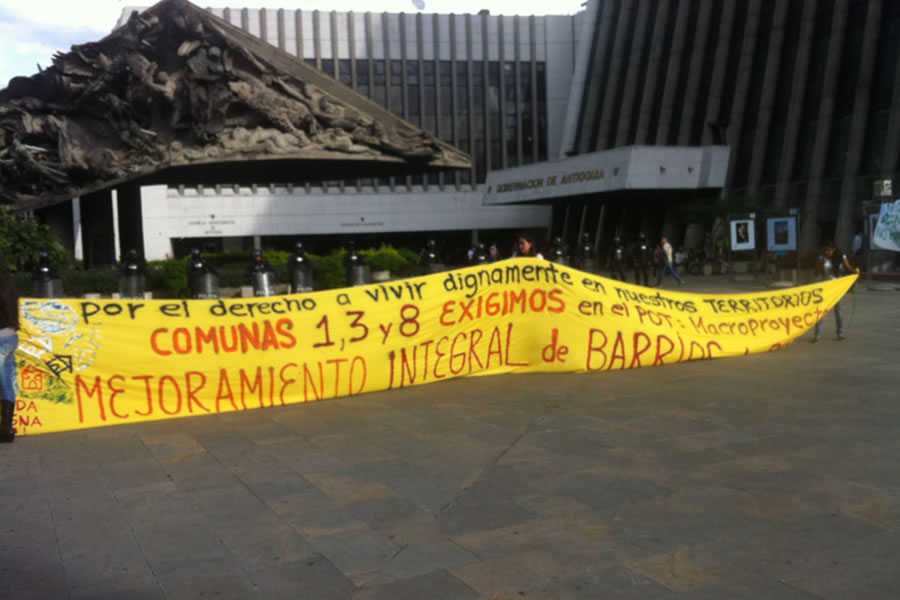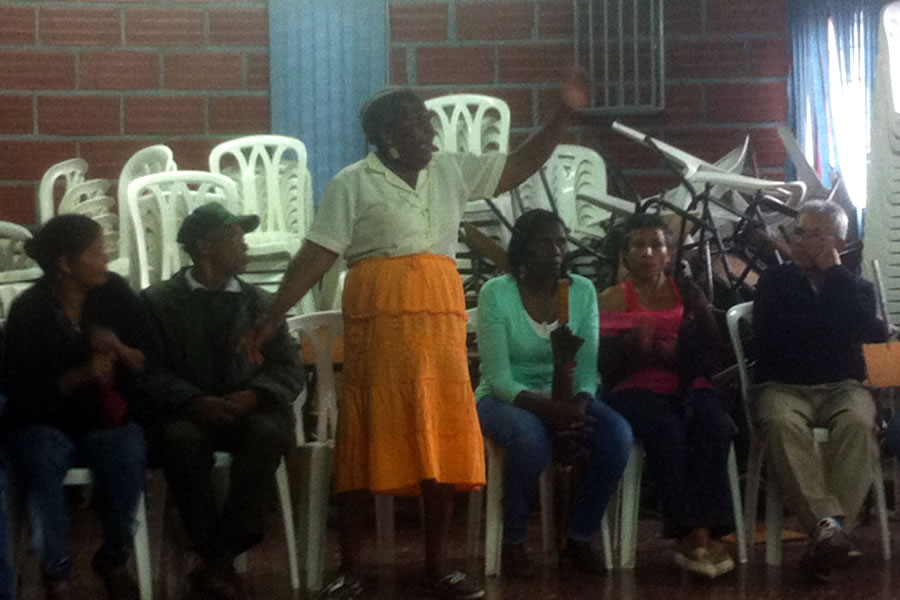Observatorio de Seguridad Humana de Medellín
Universidad de Antioquia, calle 67 No. 53-108, bloque 14, oficina 121 • Medellín - Colombia
E-mail: observatorioseguridadm@udea.edu.co - conflictosyviolencias@udea.edu.co
Sitio publicado bajo la licencia Creative Commons - 2016





